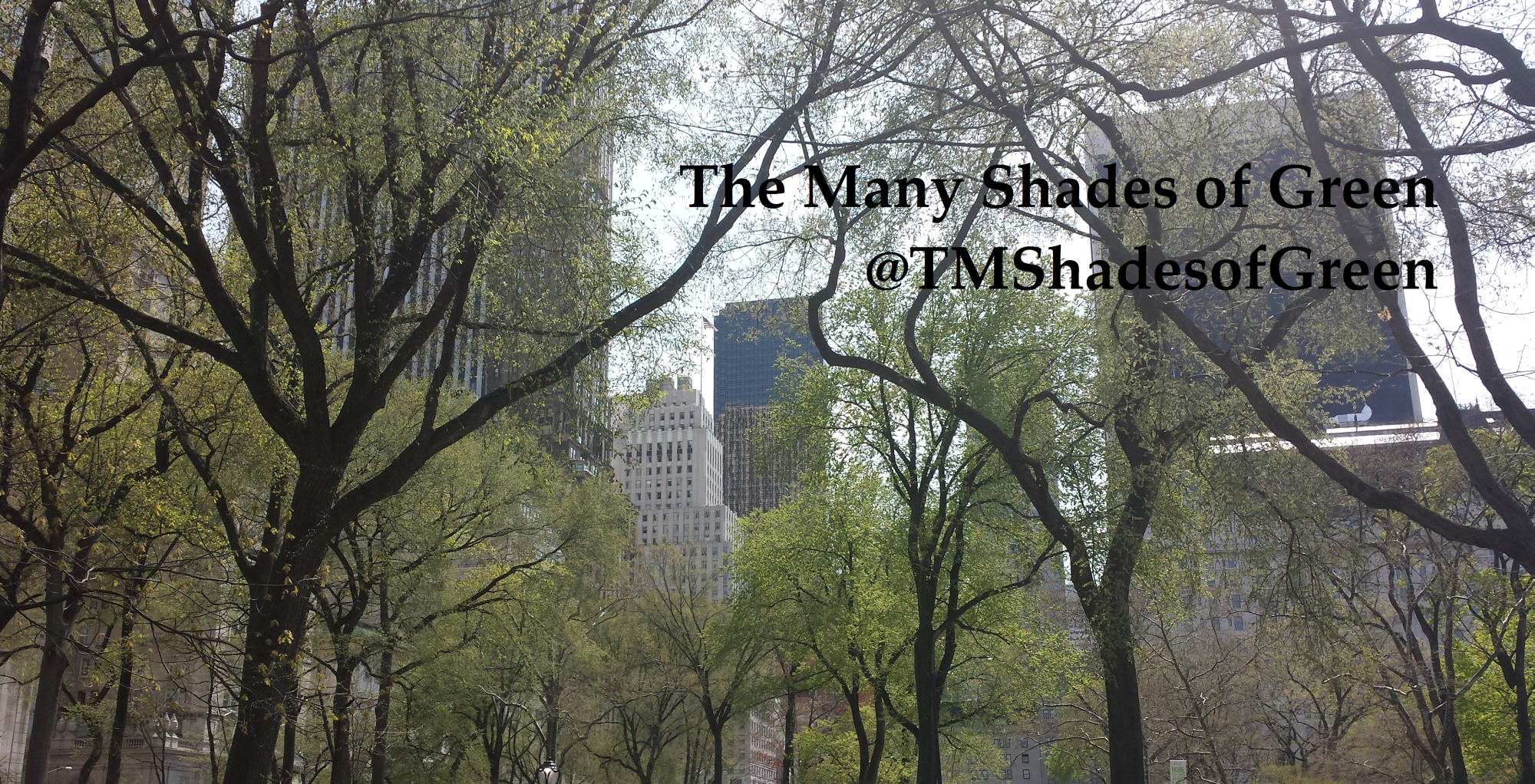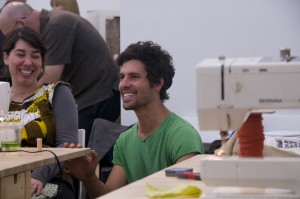By Susan Lutz
Looking up to the sky, I seem so small. “100 Billion Galaxies each with 100 Billion Stars,” said Carl Sagan in the Cosmos episode 7, “The Backbone of Night.”
The power of his message grew with the rise of his own star. Today, many stars lend their voice to our star, planet earth, in hopes of fixing the mess we find ourselves in.
That smallness continues as the dawn breaks, I look around, and wonder how we can do anything to create change. We’re choking on plastic, dumping toxins in rivers, and spewing harmful gasses into the atmosphere. This is just the short list. Again, I look to the stars.
There are a lot of people doing important, tough work for our environment. I’d have to Google their names though because I can’t remember them. The moment a star, a film or literary or political star, begins talking about the environment – that I remember. I sit up and listen, or at least pause, when a star speaks about the work we need to do concerning the environment.
The reality is, a familiar face brings attention to the issue. Leonard DiCapprio spoke to the Pope about the environment. He has his own foundation called, The Leonard DiCapprio Foundation, dedicated to protecting the world’s last wild places. Julia Roberts is Mother Nature in a gorgeous, short video, “Nature is Speaking.”
Woody Harrelson hosts “Ethos,” a documentary looking “into the flaws in our systems, and the mechanisms that work against democracy, our environment and the common good.” Jeff Bridges narrates the video for the Plastic Pollution Coalition, “Open Your Eyes.”
Either I am starry-eyed or I am truly hearing the important message these spokespersons relate. After I saw the video narrated by Jeff Bridges, I felt nauseas at all the plastic I used. And I consider myself an aware person. Though the practice could seem cliché, I see a twinkle of light and hope as perhaps the message breaks through the atmosphere or our messy minds for just a moment. And funny, after hanging with Julia, Leonardo, Woody, Jeff, and even Carl, I feel like a bit of a bigger star. I feel inspired to do more, to and to help, even if it is the smallest of things.
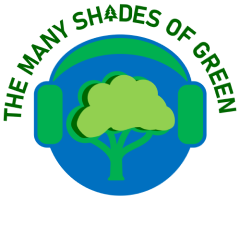
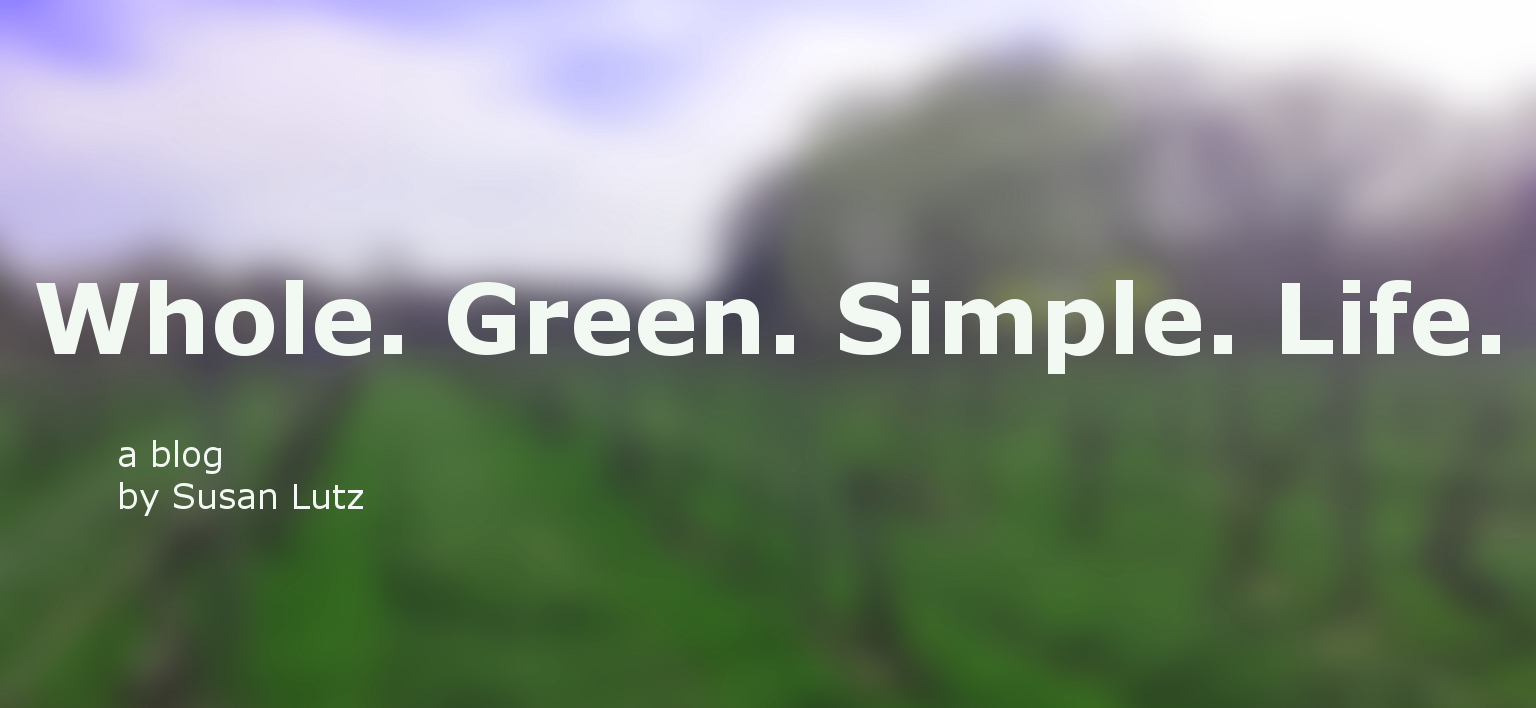
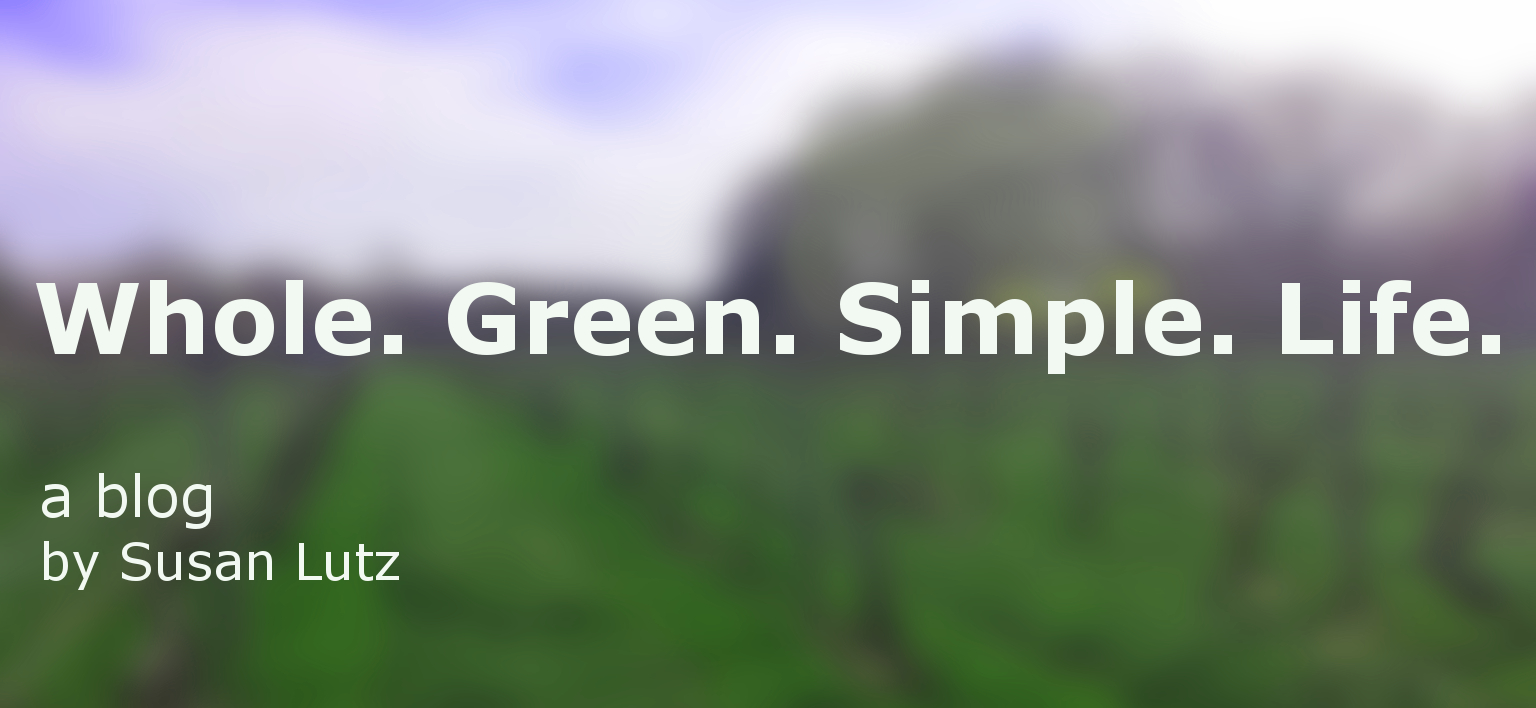
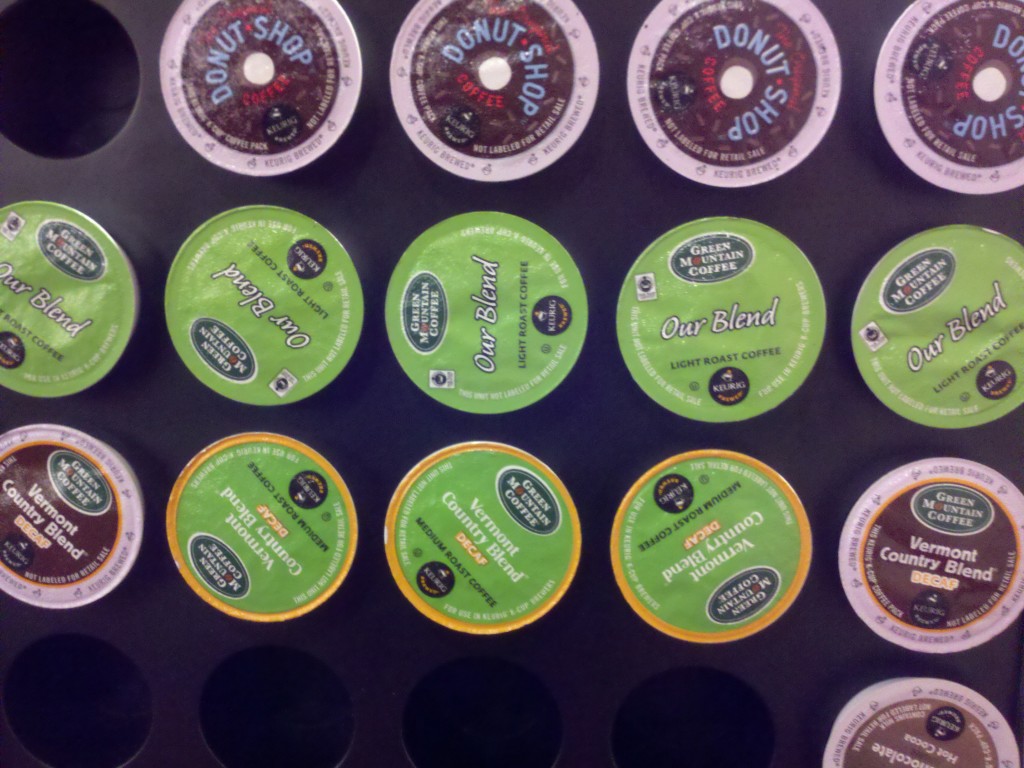
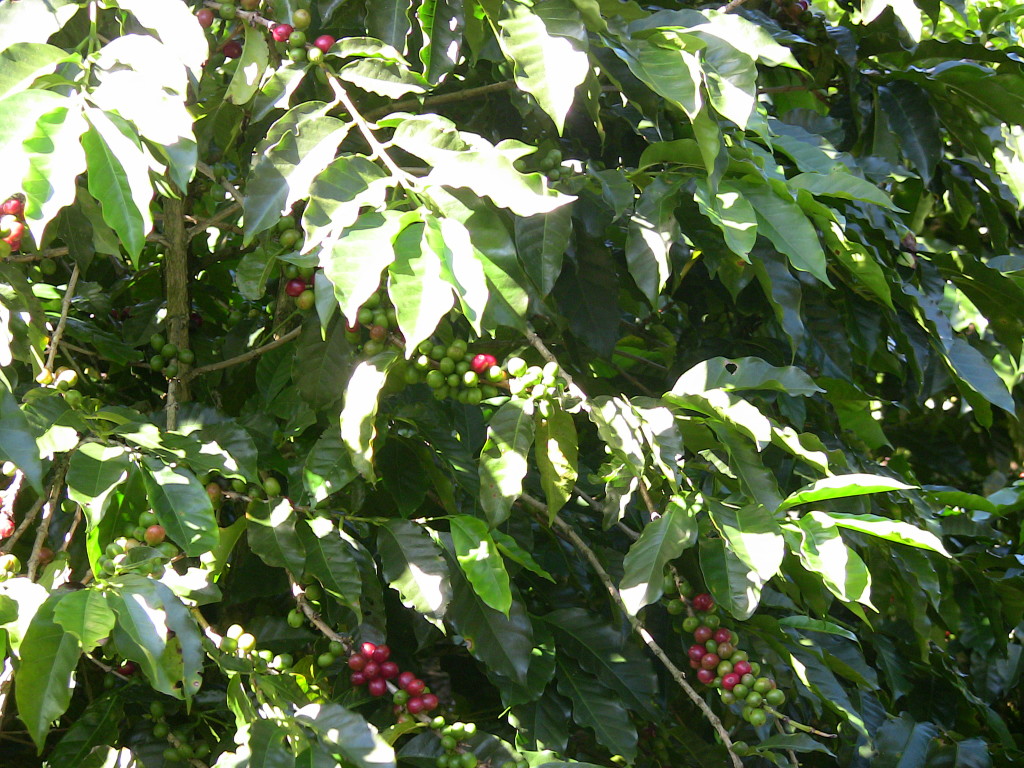 luxury. But, I lived in Central America where most things are luxuries, including roofs that don’t leak and enough food to feed a family.
luxury. But, I lived in Central America where most things are luxuries, including roofs that don’t leak and enough food to feed a family.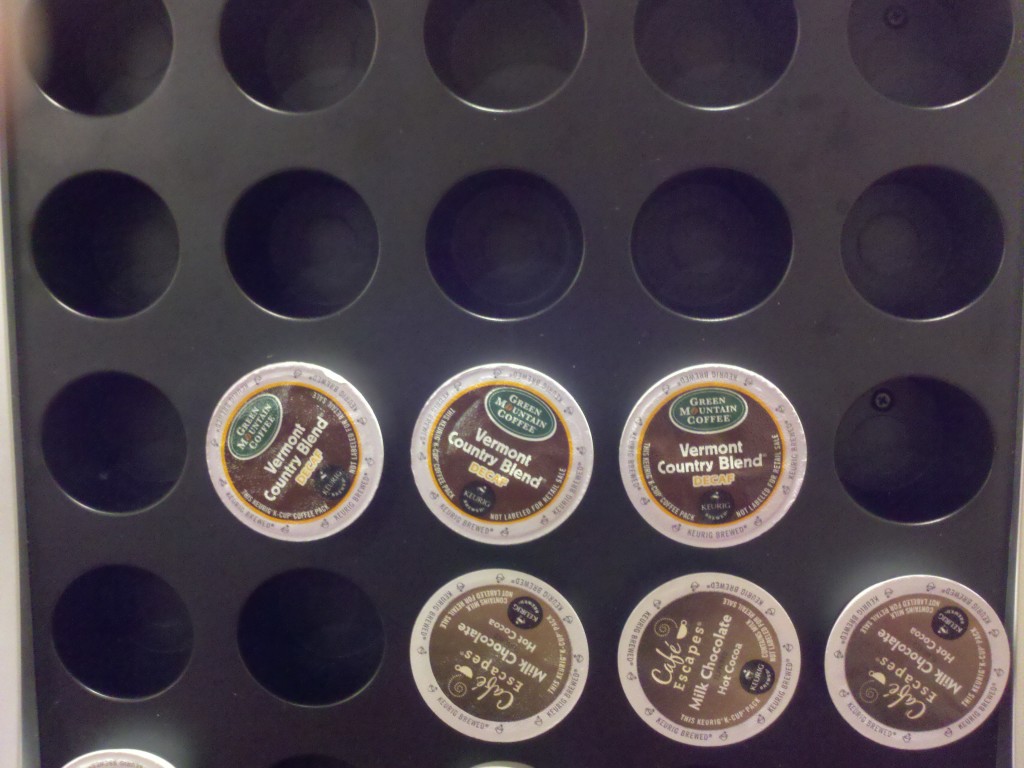 9 billion x 5 = 45 billion little, useless plastic cups filling up our needs to get something quick, fast, and with no regard for others. Getting the k-cup recyclable is, in this day and age, a non-negotiable item. But why after the fact? Why not create the product with some consciousness before the damage is done? Did Kevin Sullivan ever hear of climate change? We cause climate change in every choice we make. It’s not just the billowing smoke from factory smoke stacks. It’s us, our decisions to use or reuse or to choose sustainable with our spending power. There’s plenty of other single serving machines out there that cost the same or less than the Keurig coffee system. Are we that tight for time we can’t spend another minute tamping down a bit of coffee in a reusable machine?
9 billion x 5 = 45 billion little, useless plastic cups filling up our needs to get something quick, fast, and with no regard for others. Getting the k-cup recyclable is, in this day and age, a non-negotiable item. But why after the fact? Why not create the product with some consciousness before the damage is done? Did Kevin Sullivan ever hear of climate change? We cause climate change in every choice we make. It’s not just the billowing smoke from factory smoke stacks. It’s us, our decisions to use or reuse or to choose sustainable with our spending power. There’s plenty of other single serving machines out there that cost the same or less than the Keurig coffee system. Are we that tight for time we can’t spend another minute tamping down a bit of coffee in a reusable machine?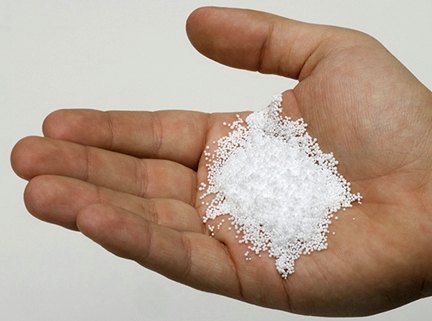 Scrub some natural face cleanser on at the end of the day. Feels wonderful. A shea butter body cream can only be good, right? Read the ingredients. Many of the cosmetics on the shelf today contain microbeads. What’s a microbead? I hadn’t heard of them either. Yet, they are now so proliferate in many of the products we use, approximately 69 NGOs from 33 countries are supporting the campaign to end the use of the microbead, according to
Scrub some natural face cleanser on at the end of the day. Feels wonderful. A shea butter body cream can only be good, right? Read the ingredients. Many of the cosmetics on the shelf today contain microbeads. What’s a microbead? I hadn’t heard of them either. Yet, they are now so proliferate in many of the products we use, approximately 69 NGOs from 33 countries are supporting the campaign to end the use of the microbead, according to 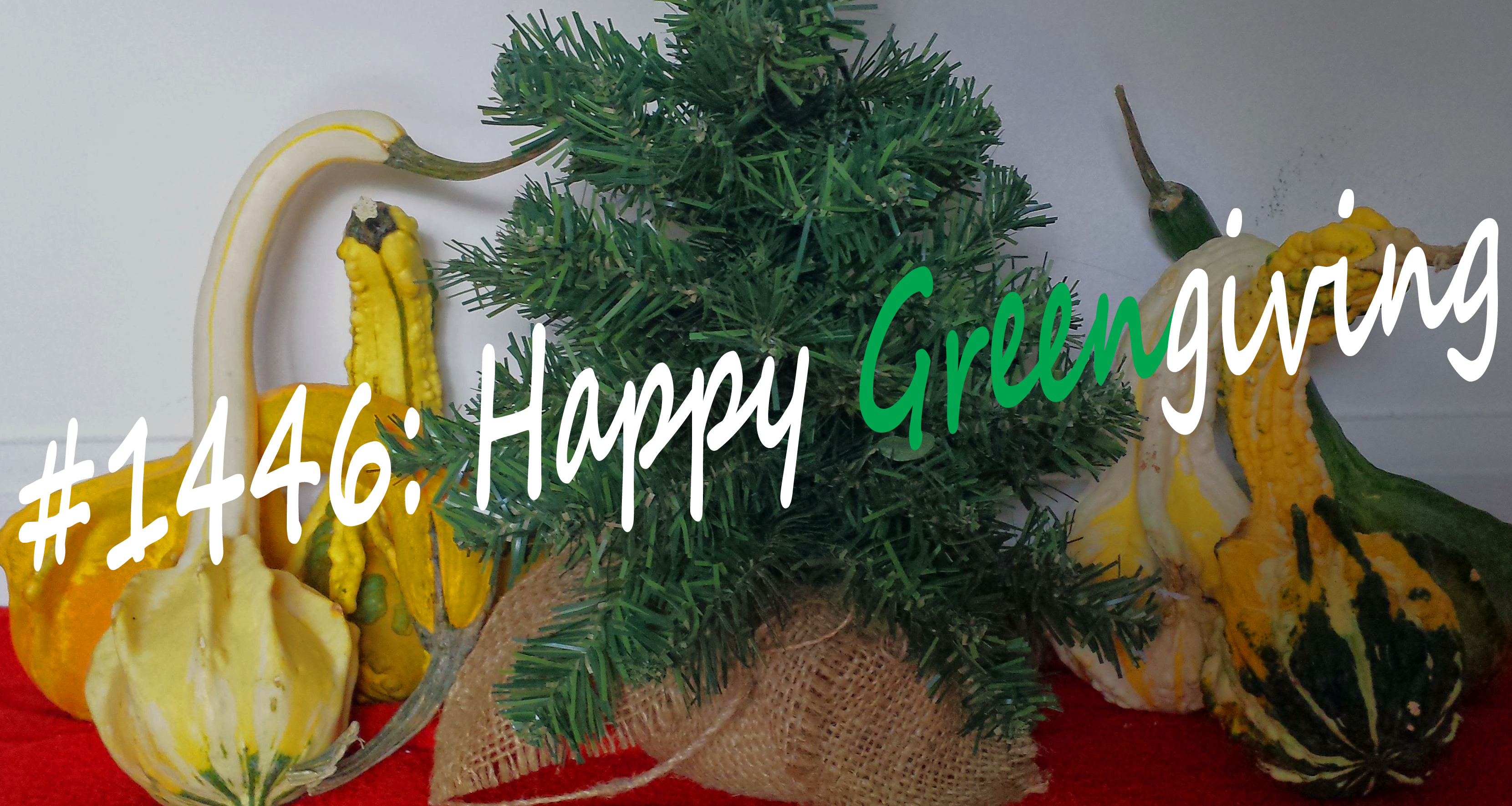
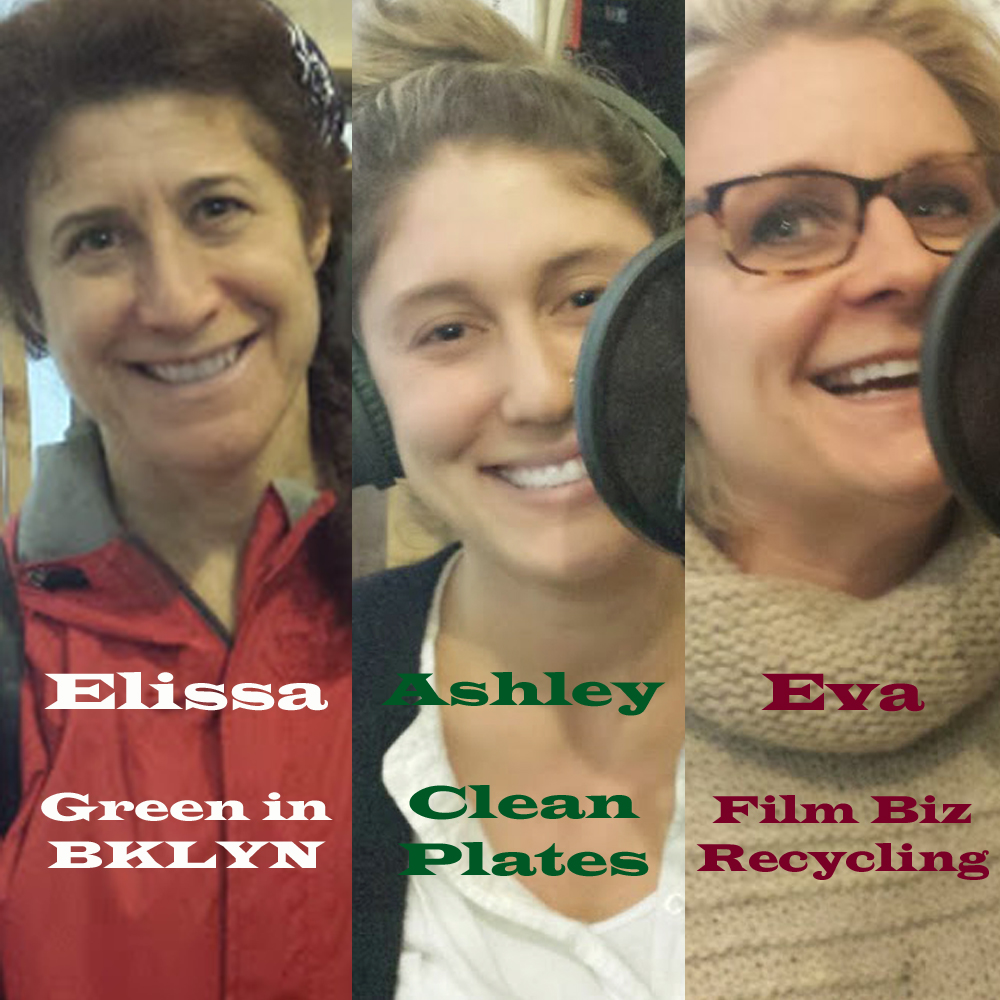

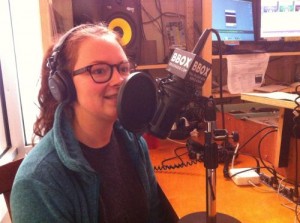 Meet Emellie O’Brien, founder of Earth Angel, a company that provides sustainability management of film and TV productions. Emellie is a pioneer in this burgeoning field, as she coaxes everyone on the set, from directors to grips, to be more eco-conscious. She has worked on the films Noah and The Amazing Spiderman 2, as well as the hit HBO show Girls. To find out more about Earth Angel visit
Meet Emellie O’Brien, founder of Earth Angel, a company that provides sustainability management of film and TV productions. Emellie is a pioneer in this burgeoning field, as she coaxes everyone on the set, from directors to grips, to be more eco-conscious. She has worked on the films Noah and The Amazing Spiderman 2, as well as the hit HBO show Girls. To find out more about Earth Angel visit 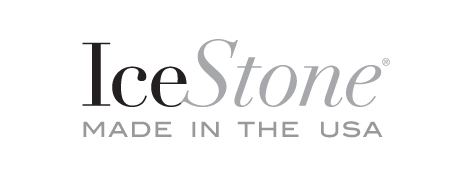
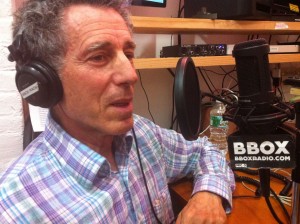 Dal LaMagna, CEO of Icestone USA, explains how the unity of his staff helped save his company after Hurricane Sandy left his factory at the Brooklyn Navy Yard in shambles. Dal, who also founded the company Tweezerman, practices Responsible Capitalism, which incorporates employees into the decision practices of the company, as well as making sure they have good wages and healthcare. We also talk about the benefits of being a B Corporation. It’s good to be socially responsible, and Dal LaMagna is leading the way.
Dal LaMagna, CEO of Icestone USA, explains how the unity of his staff helped save his company after Hurricane Sandy left his factory at the Brooklyn Navy Yard in shambles. Dal, who also founded the company Tweezerman, practices Responsible Capitalism, which incorporates employees into the decision practices of the company, as well as making sure they have good wages and healthcare. We also talk about the benefits of being a B Corporation. It’s good to be socially responsible, and Dal LaMagna is leading the way.